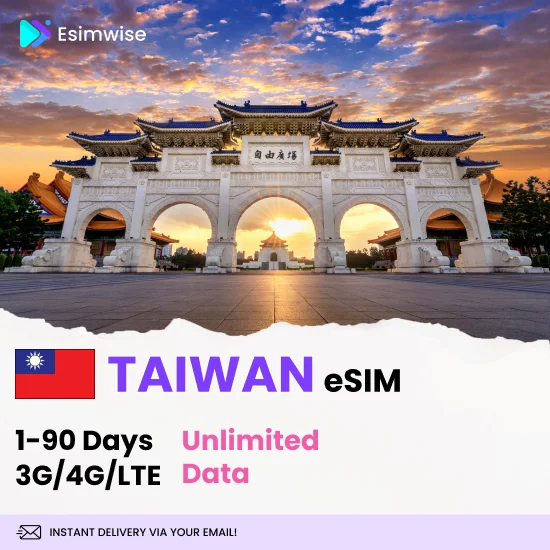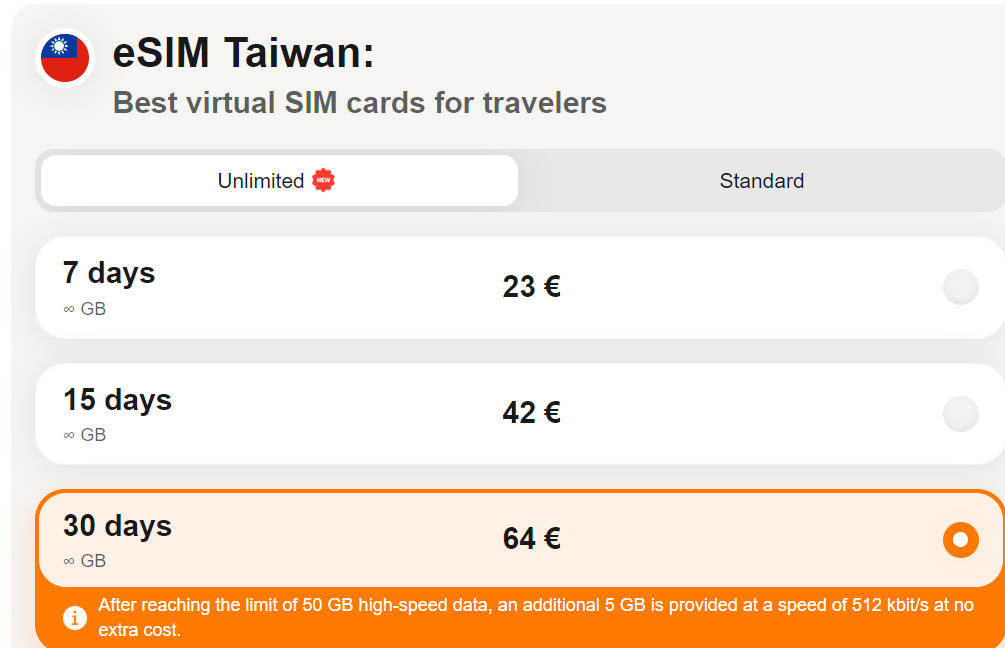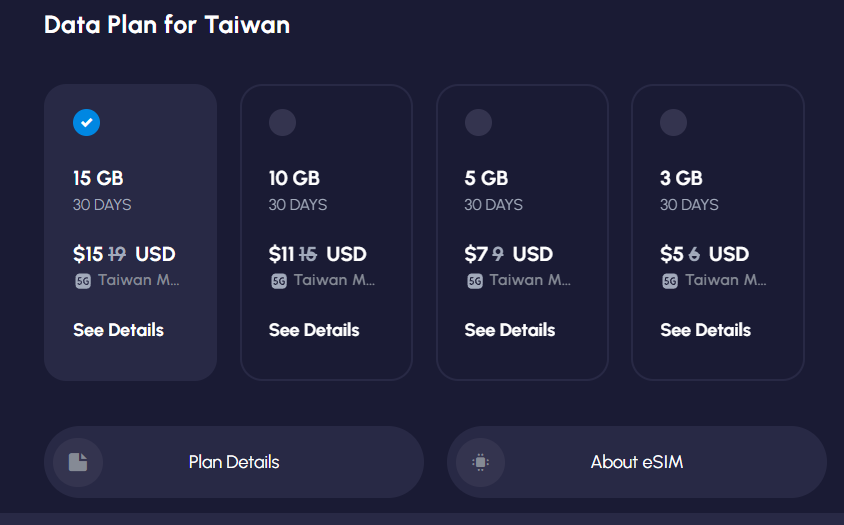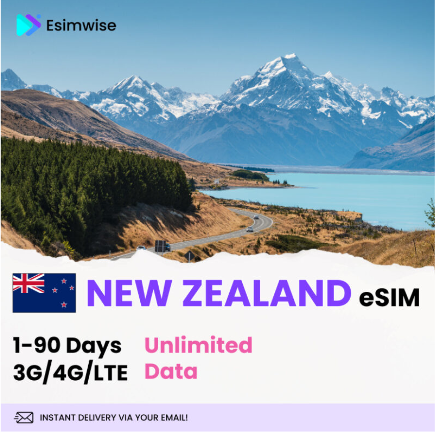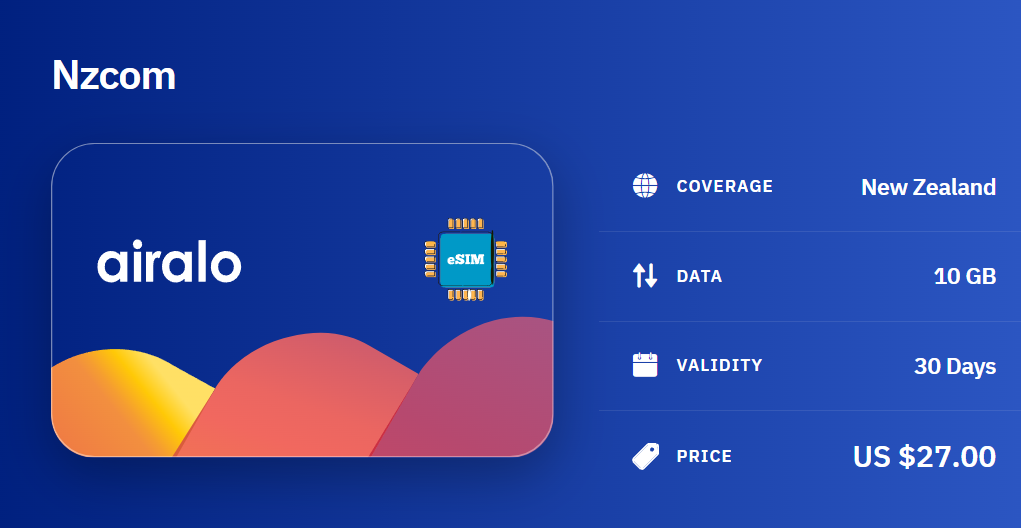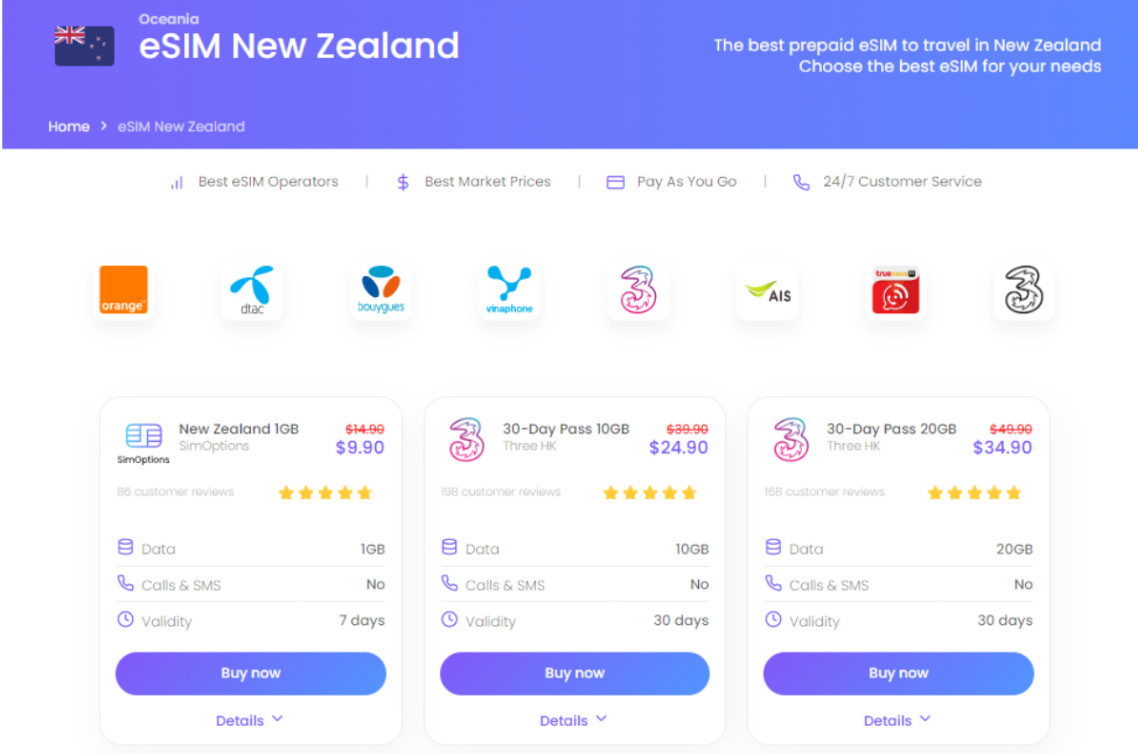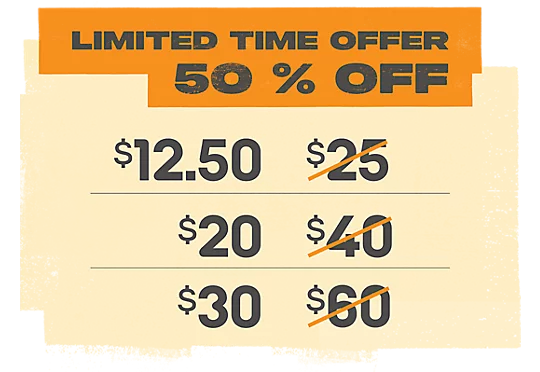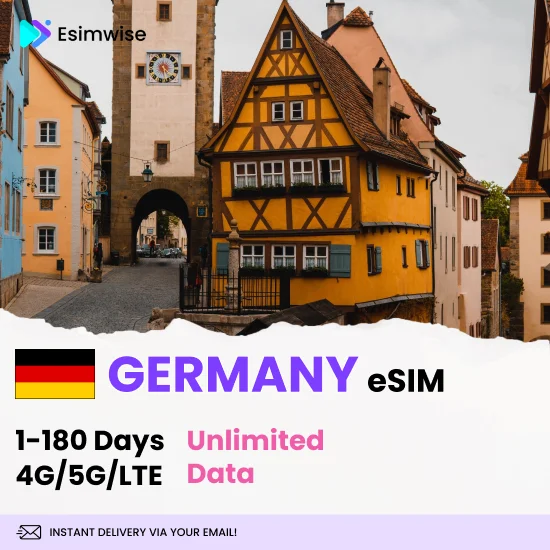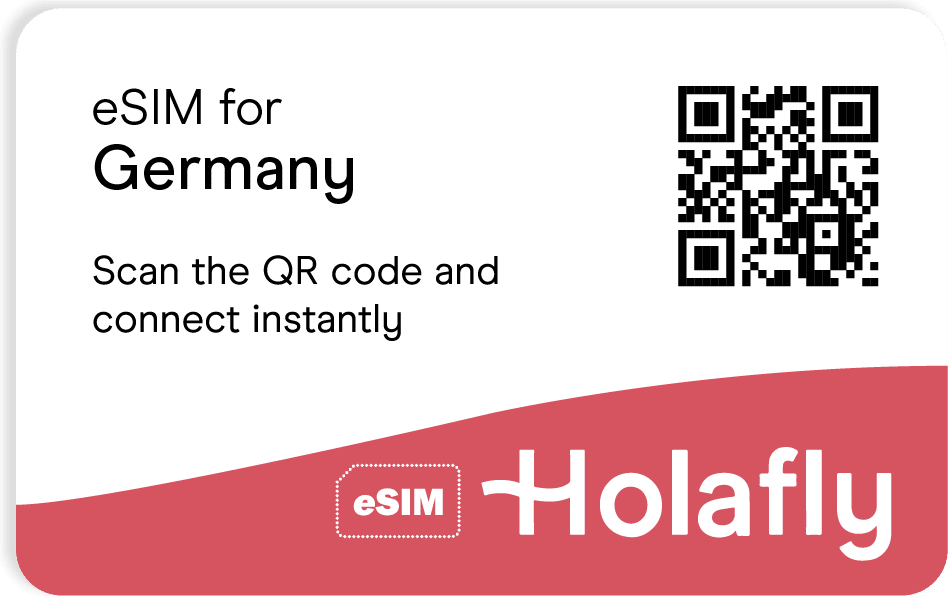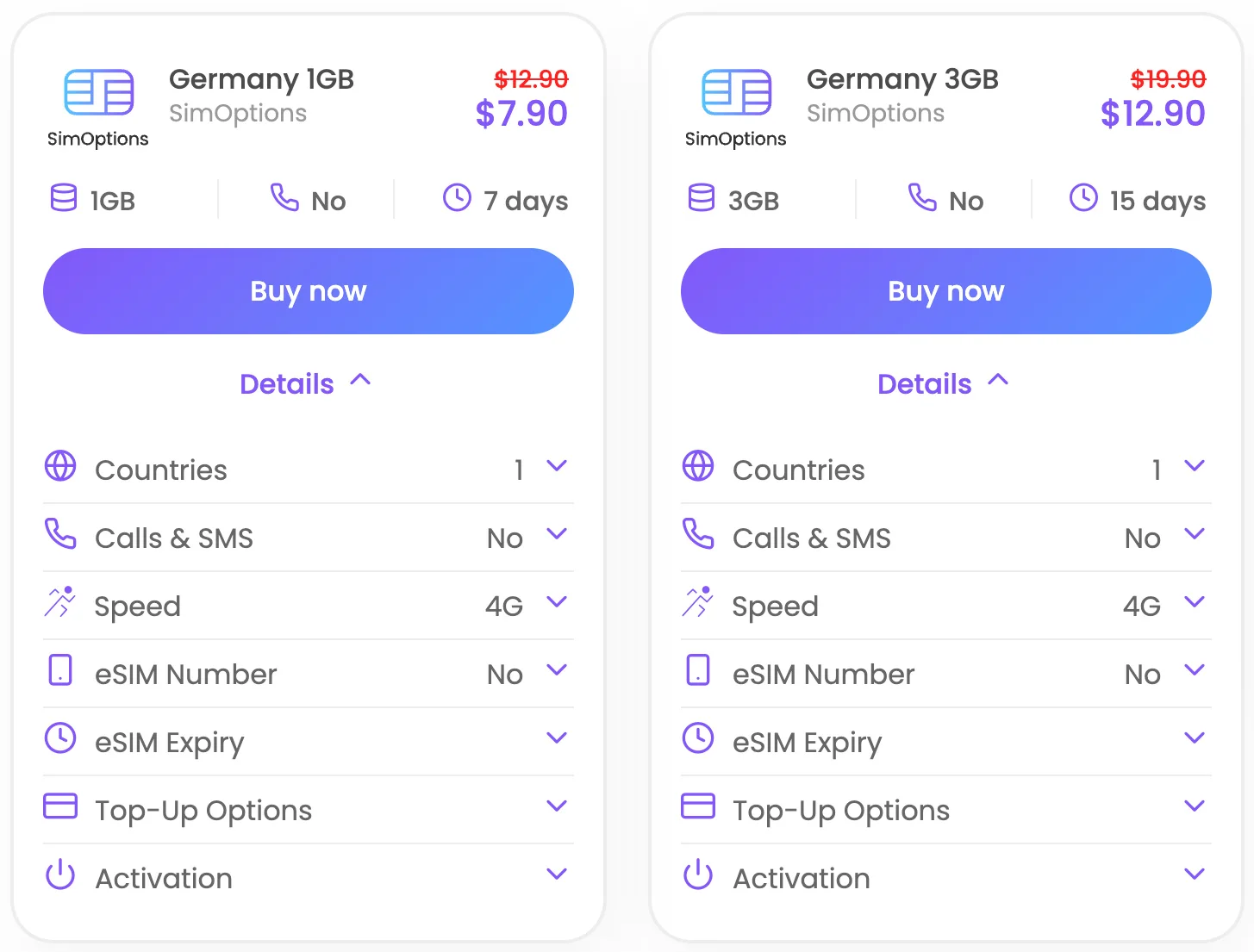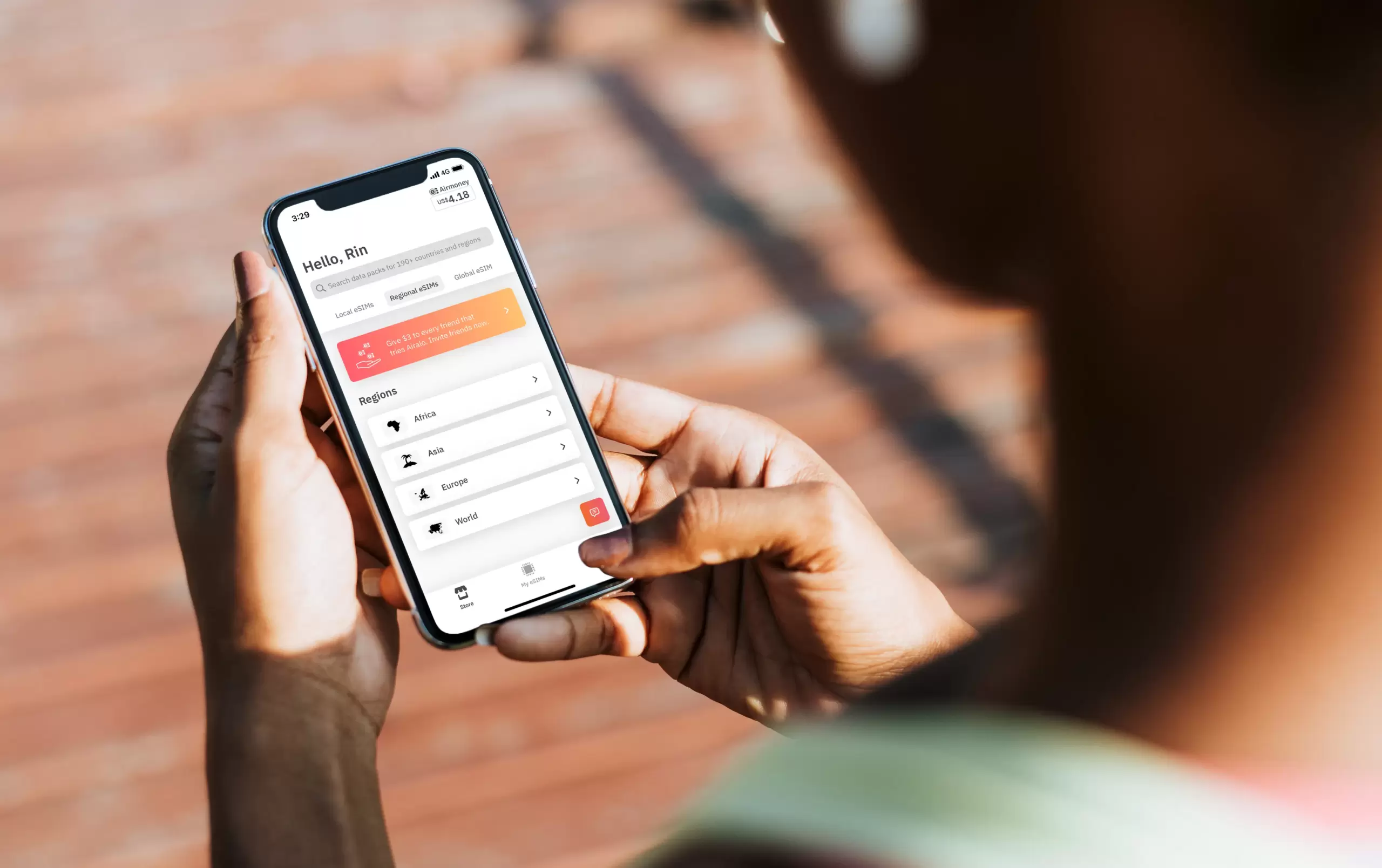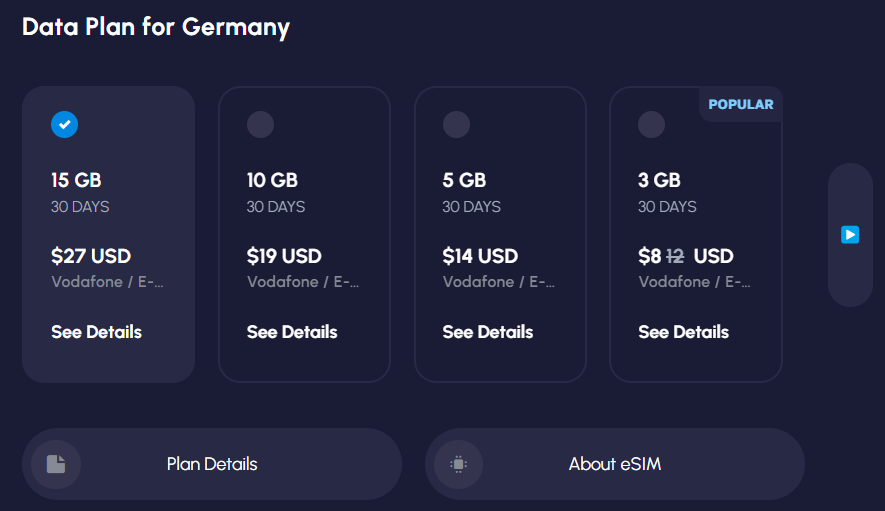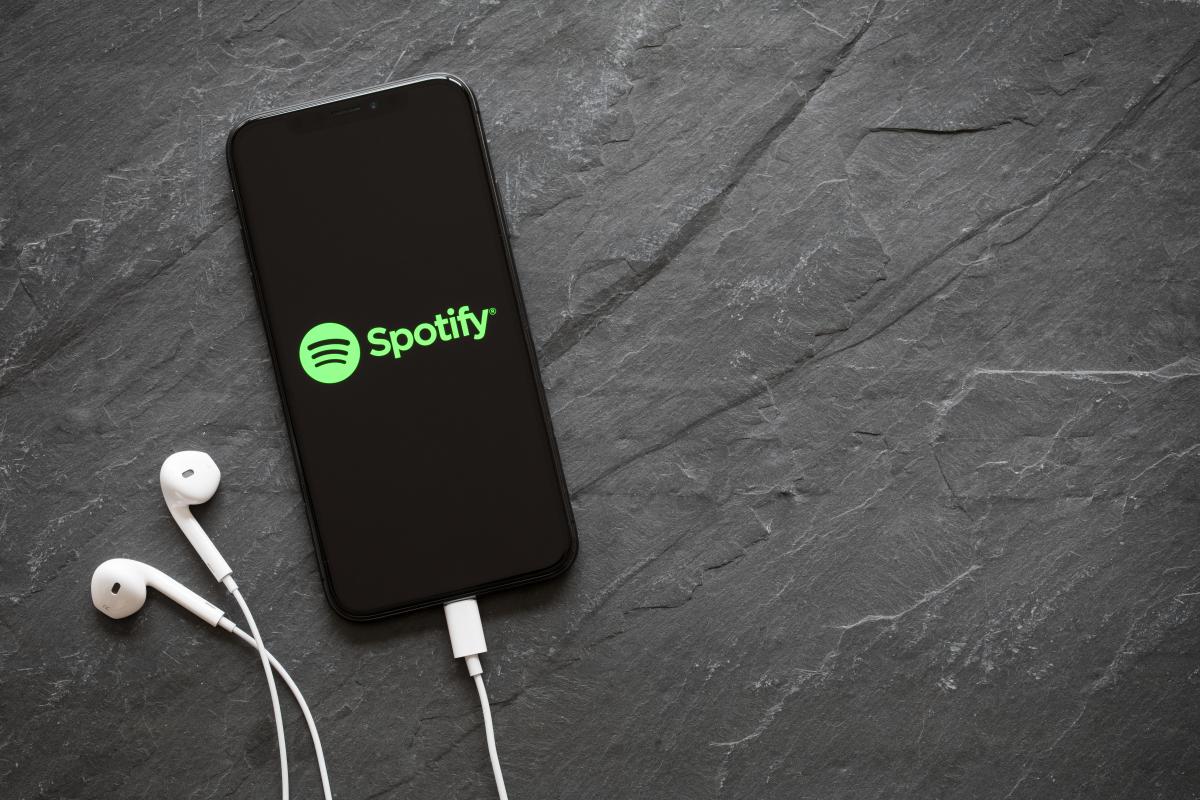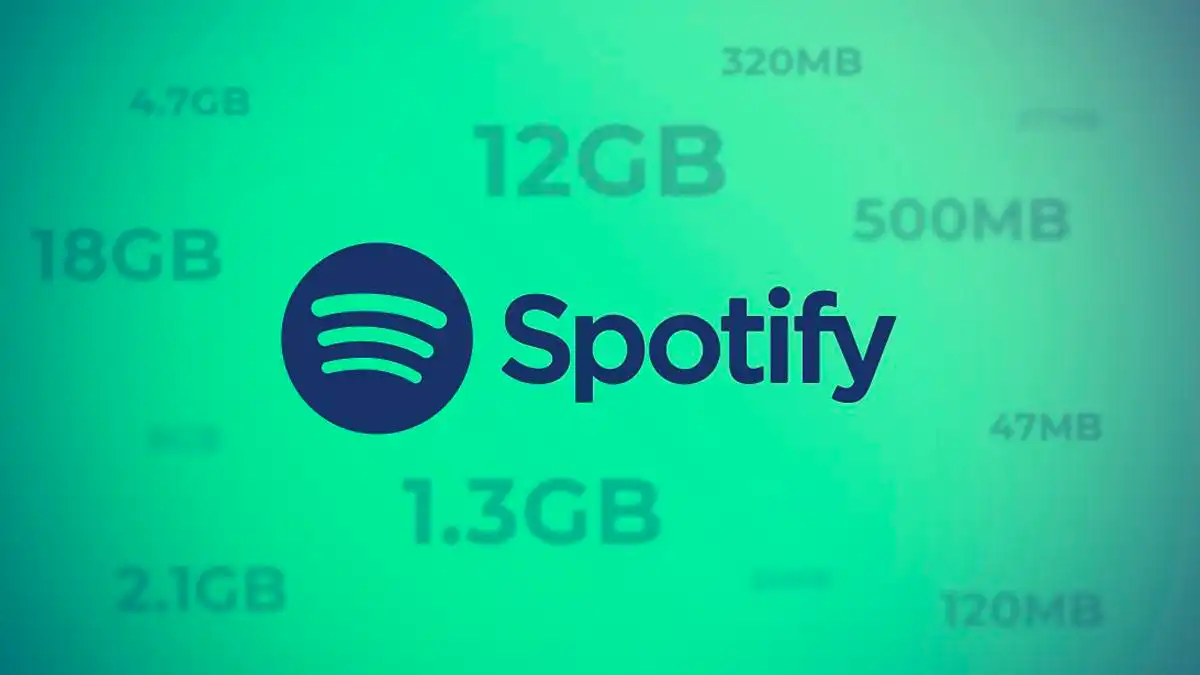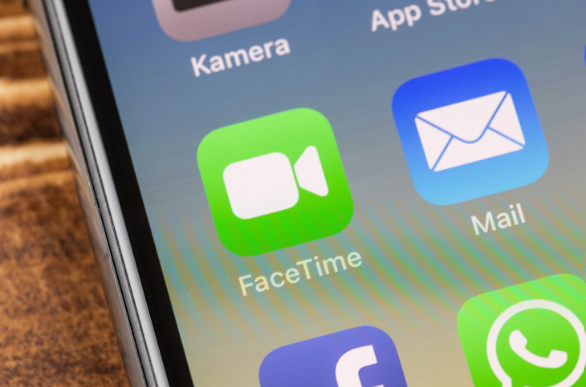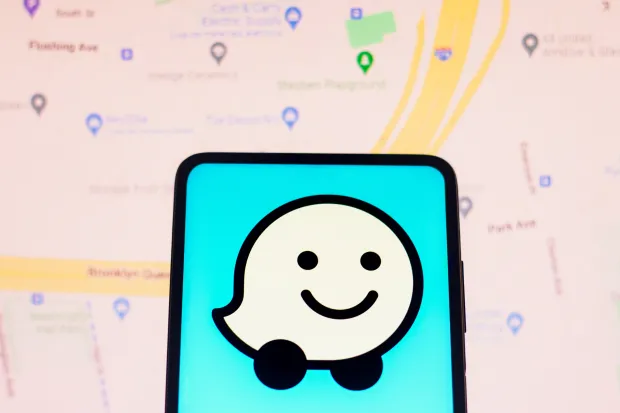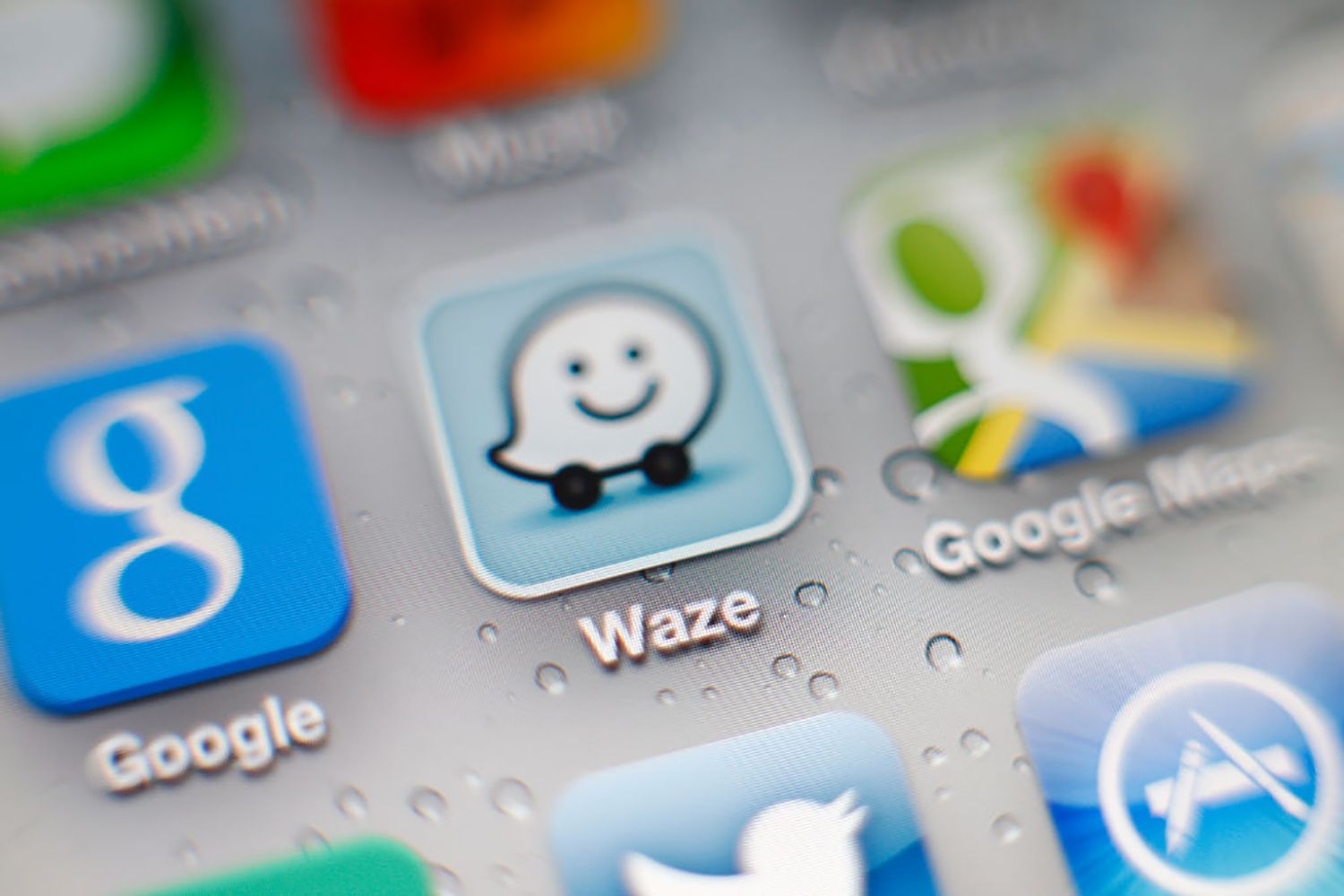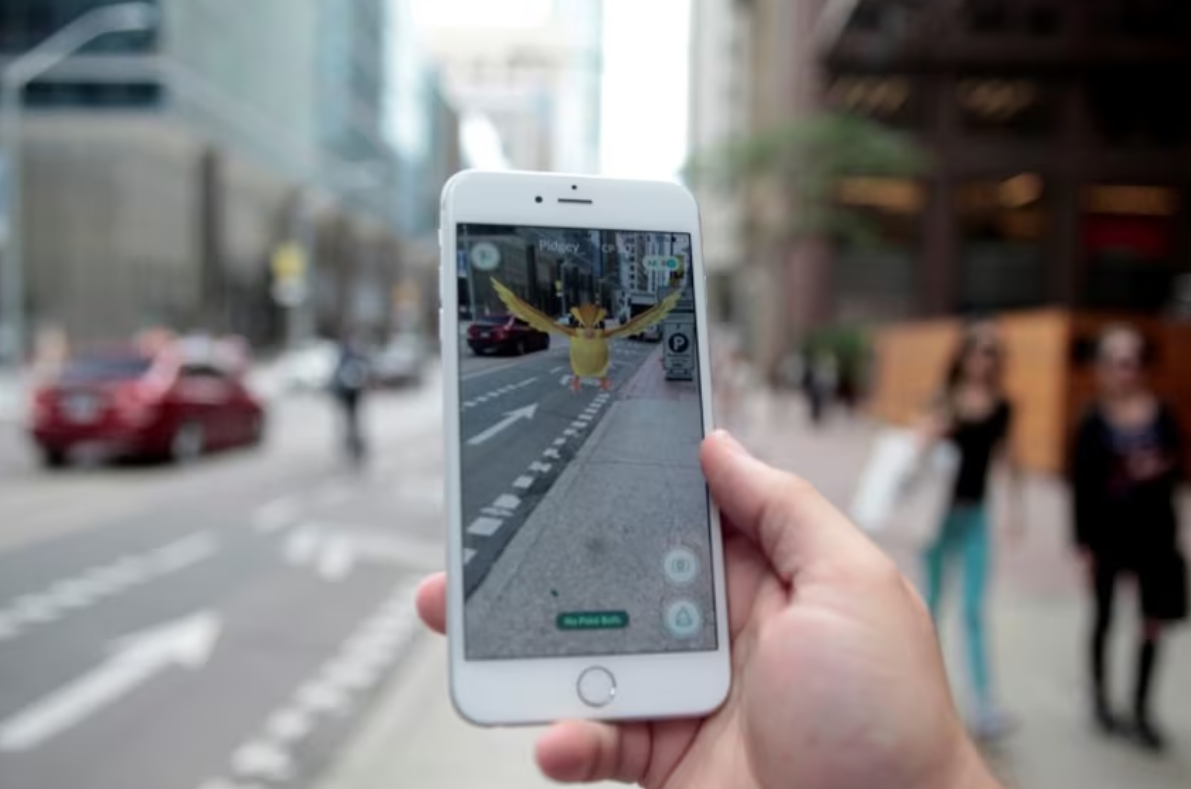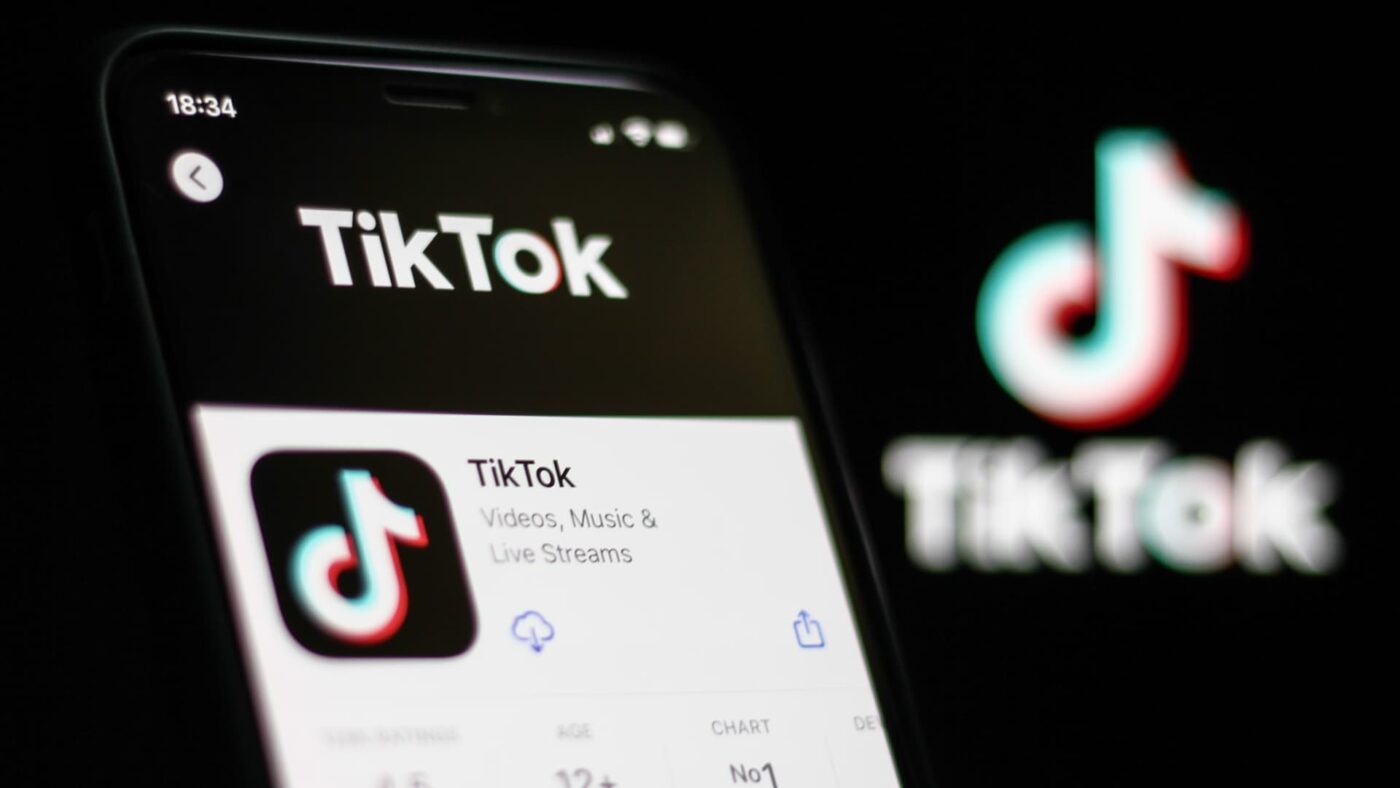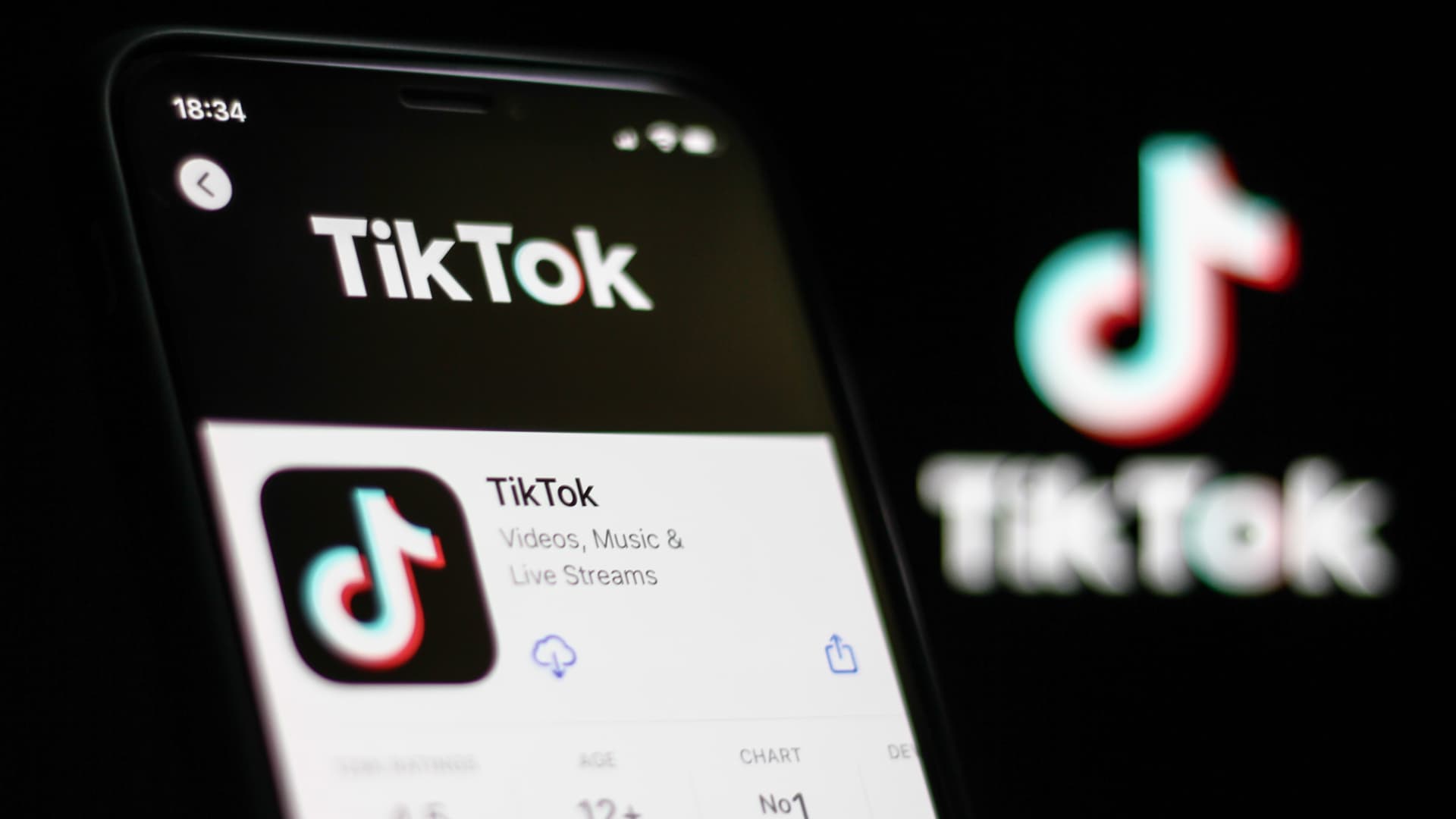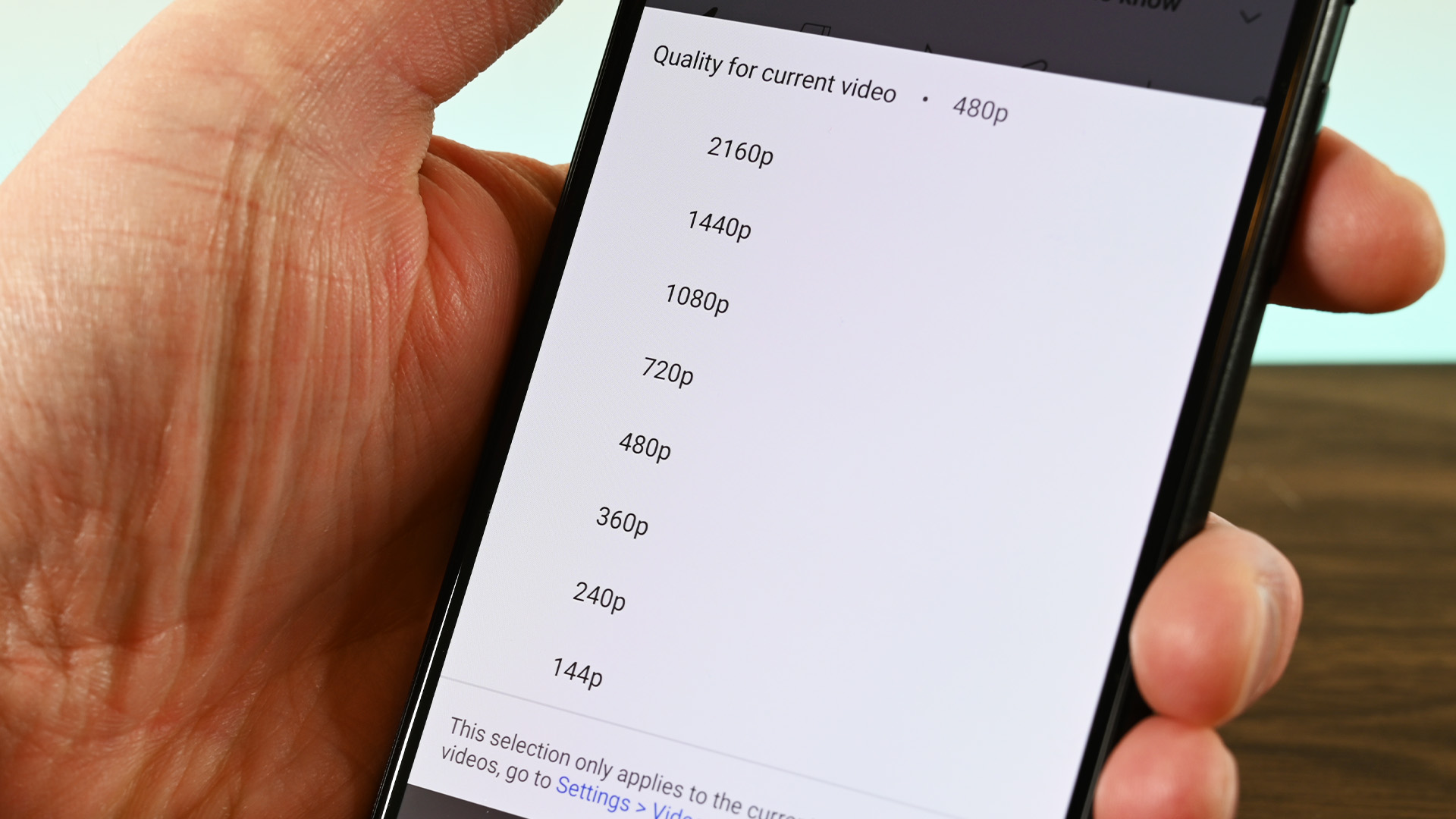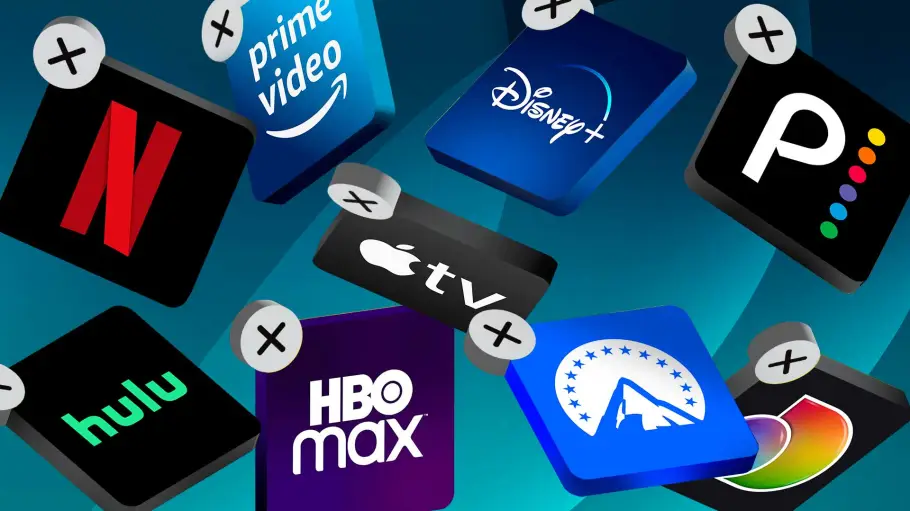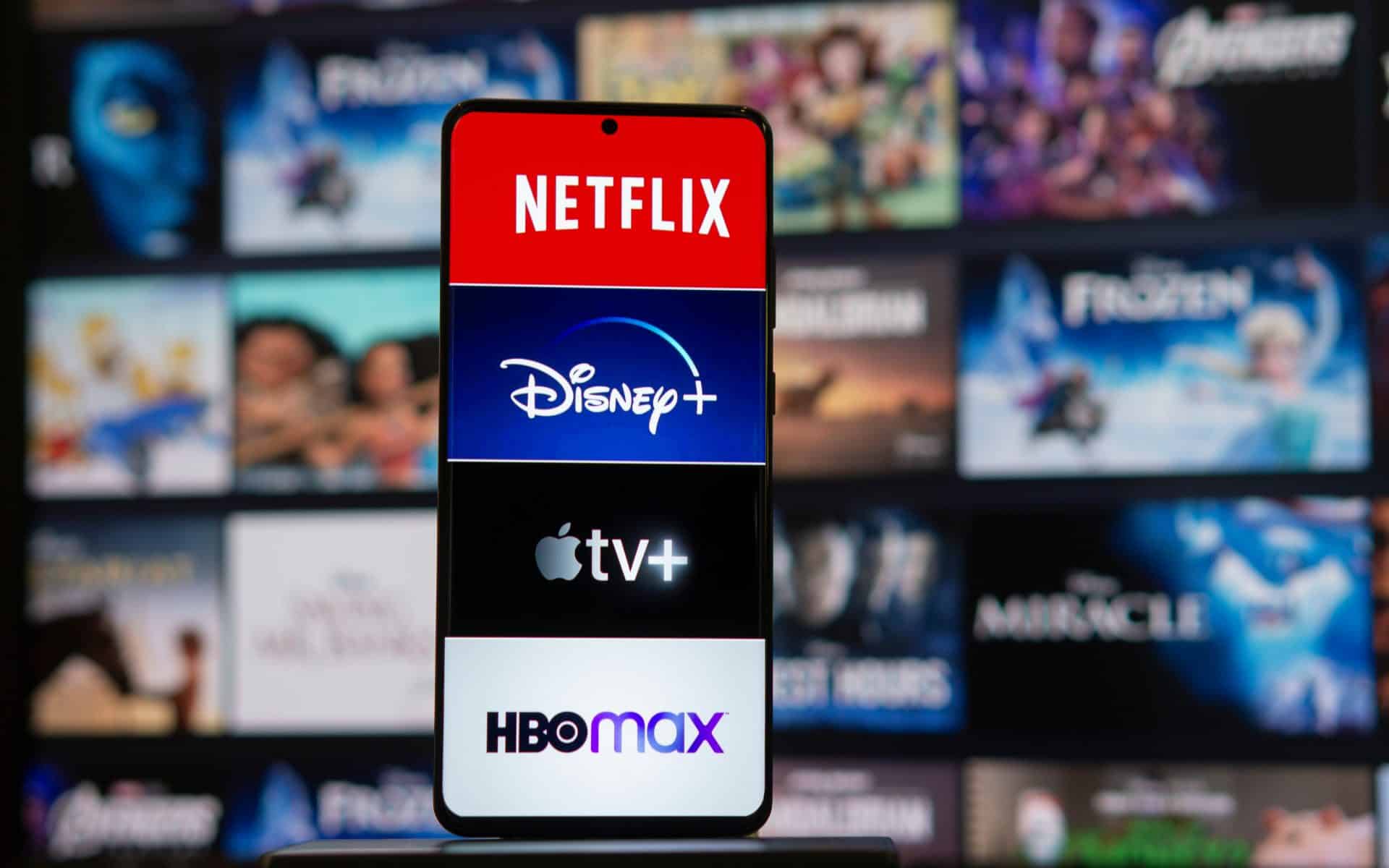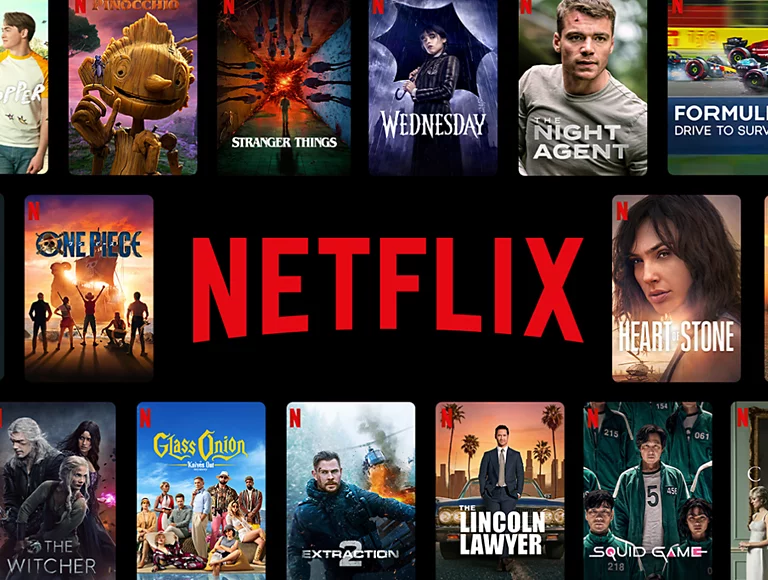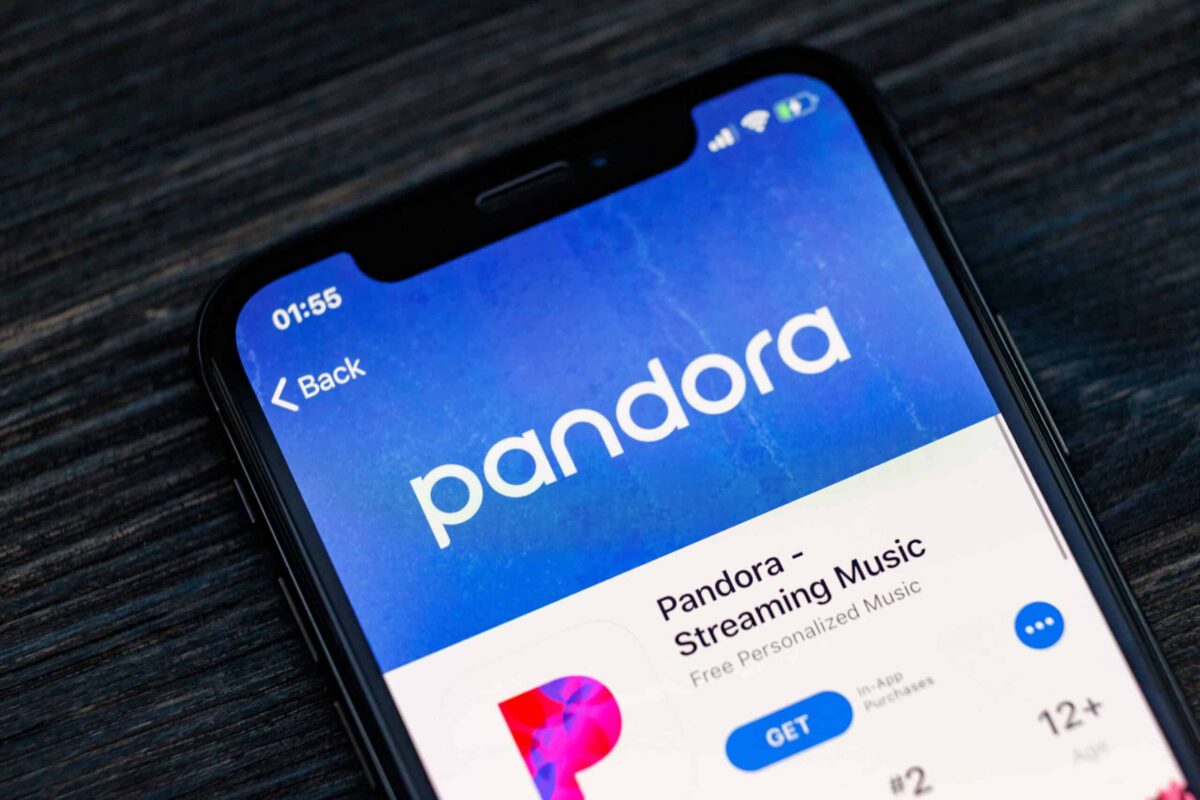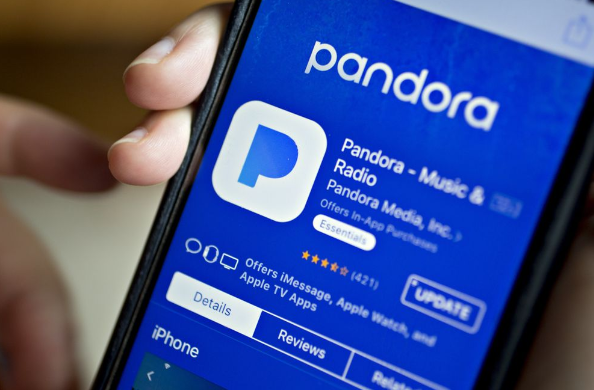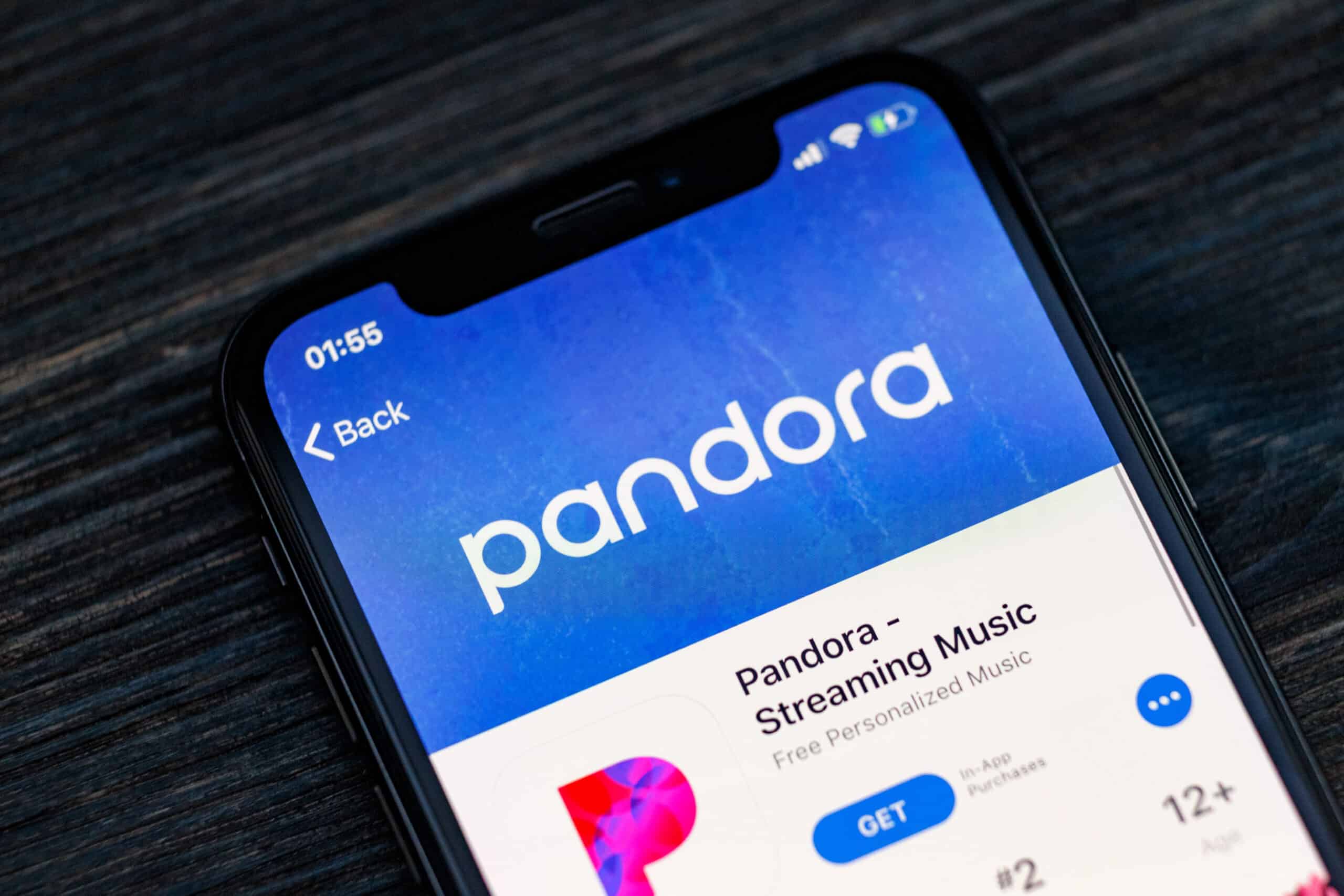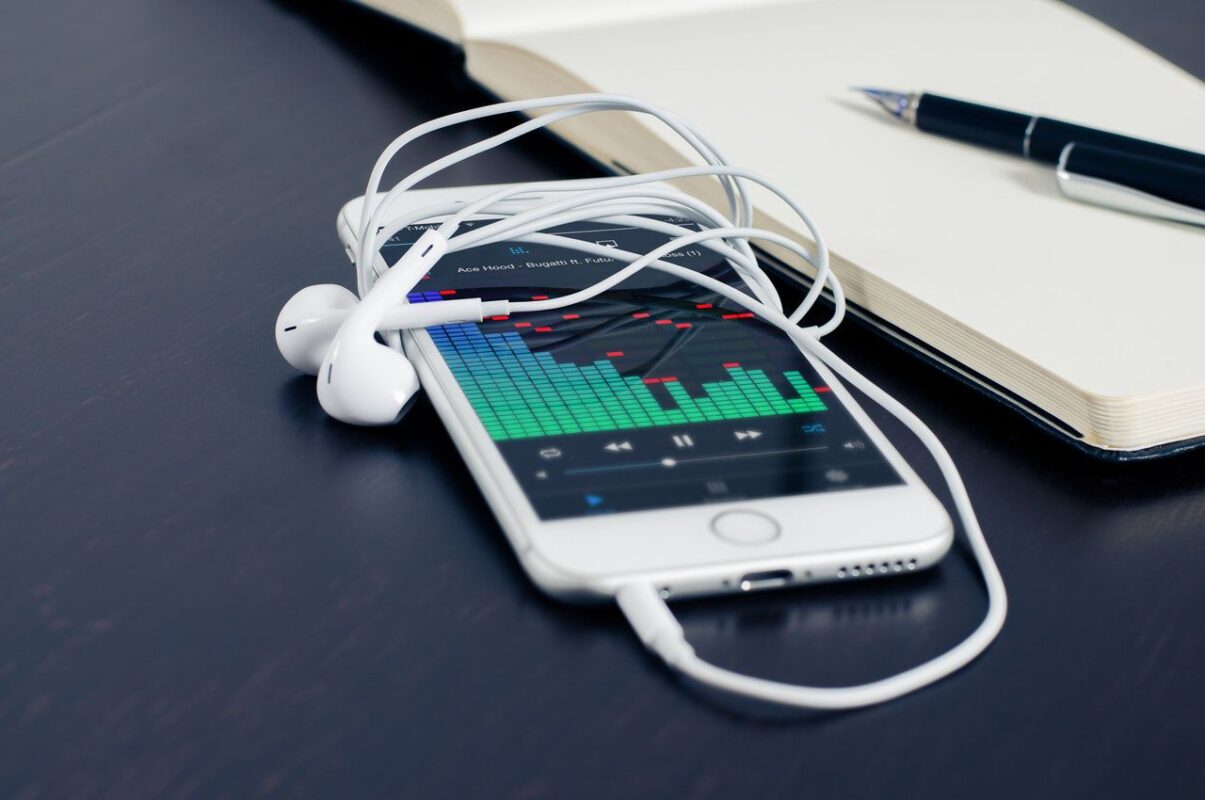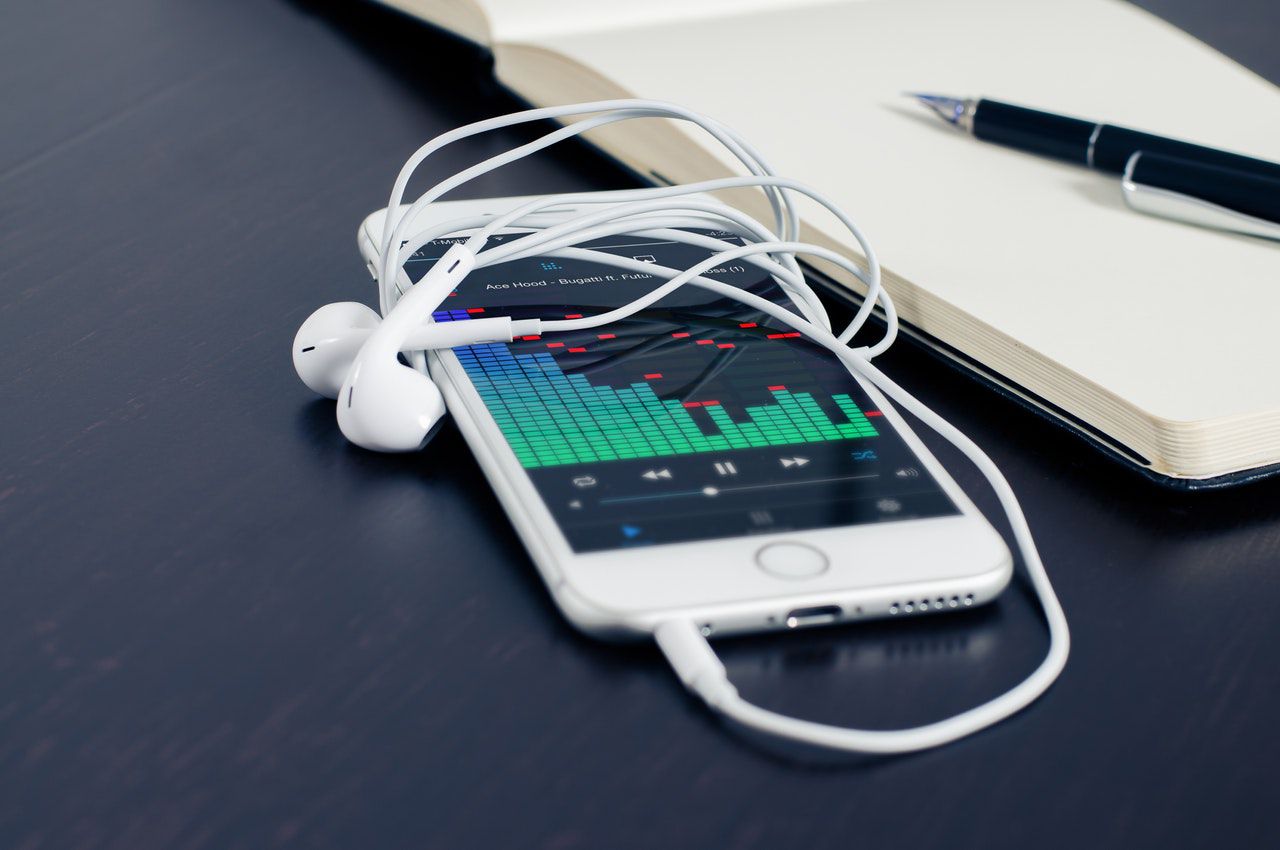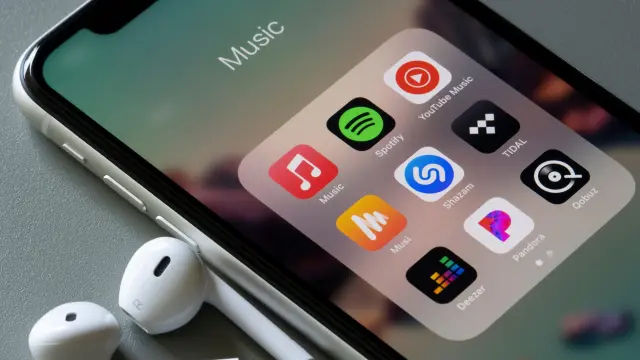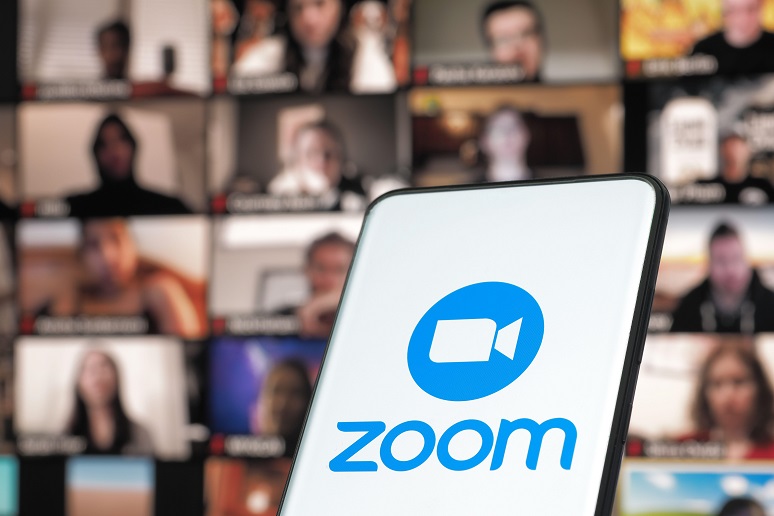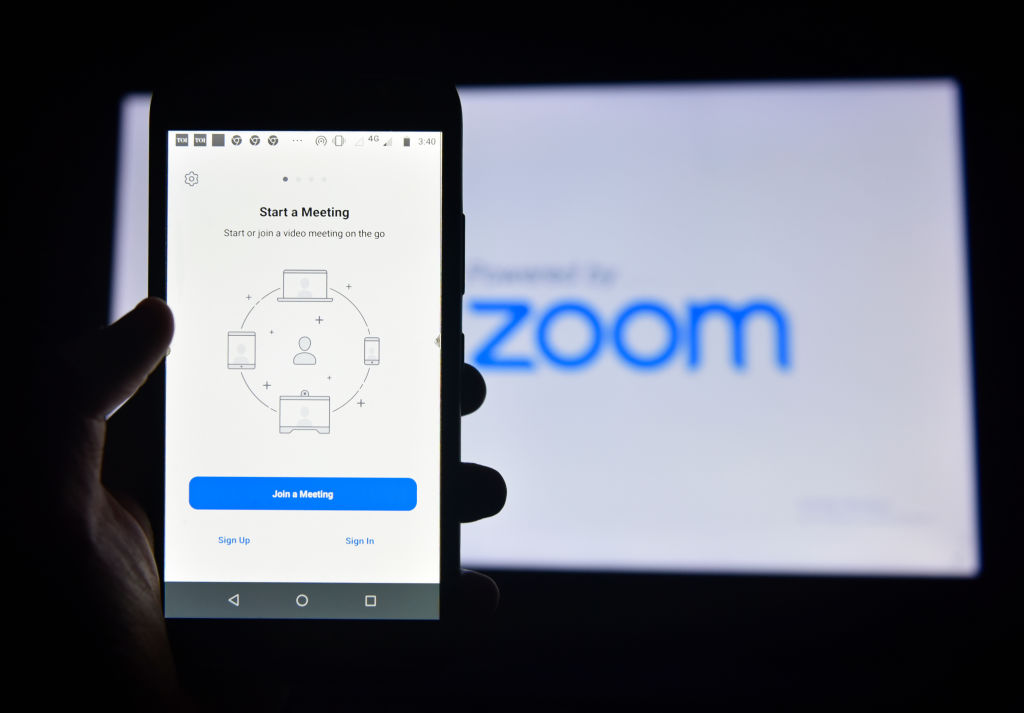After dealing with the hassle of physical SIM cards and roaming charges in the past, I was eager to try out eSIM technology for my next trip to Turkey. eSIMs provide the convenience of an embedded SIM card without the need to go to a store and get a physical card. They make managing data plans simple and straightforward.
To find the best eSIM for Turkey travel, I compared the top providers across several key factors: data speeds, network coverage, allowance sizes, pricing, app functionality, and ease of setup. After testing several options first-hand during trips to Istanbul, Cappadocia, and other must-see Turkish destinations, I am ready to share my research on the ideal eSIM for fast, seamless connectivity across this amazing country. Read on for my full analysis and recommendation!
Best eSIM for Turkey: My top picks
1. Esimwise
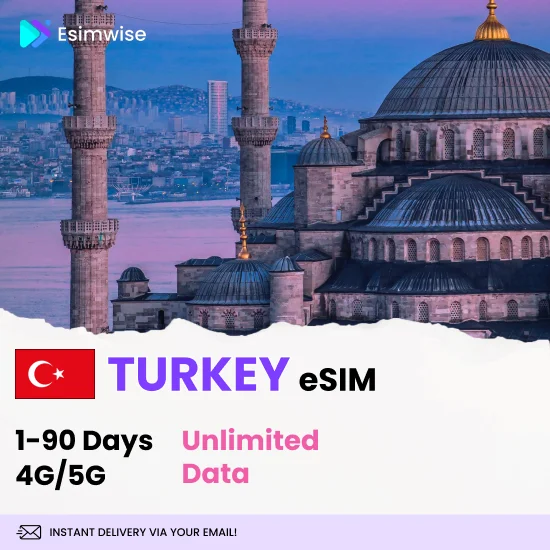
Let me tell you about my experience with the Esimwise eSIM data plan for Turkey. I gotta say, it has been a game-changer for me. From the moment I got my hands on that QR code and connected, it was like a whole new world opened up.
One of the things I really love about Esimwise is the flexibility it offers. I started off with just a day pass, a quick fix for when I needed a little bit of data on the go. But as my needs grew, Esimwise had my back. I could easily switch to a fixed data plan, ranging from a modest 0.3 GB to a whopping 52 GB. No hassle, no stress, just smooth sailing.
And let me tell you about that VPN. It is a game-changer. With Esimwise, I can browse the web without any restrictions, no matter where I am in Turkey. It’s like having my own private internet highway with no roadblocks in sight.
But perhaps one of the best features of Esimwise is the ability to keep my WhatsApp number on my mobile phone. It might not sound like a big deal, but trust me, it’s a lifesaver. I can stay connected with friends and family, no matter where my travels take me in Turkey.
And let’s not forget about the network quality. With Esimwise, I can connect to the best networks in Turkey. That means I never have to worry about dropped calls or slow internet speeds. It is reliable, it is fast, and it is always there when I need it.
What I like:
- Daypass or fixed data option for flexible
- 4G/5G/LTE data speed for reliable connection
- A VPN feature for unrestricted browsing
What I don’t like:
- None
Check the eSIM for Turkey available right now!
2. Frewie
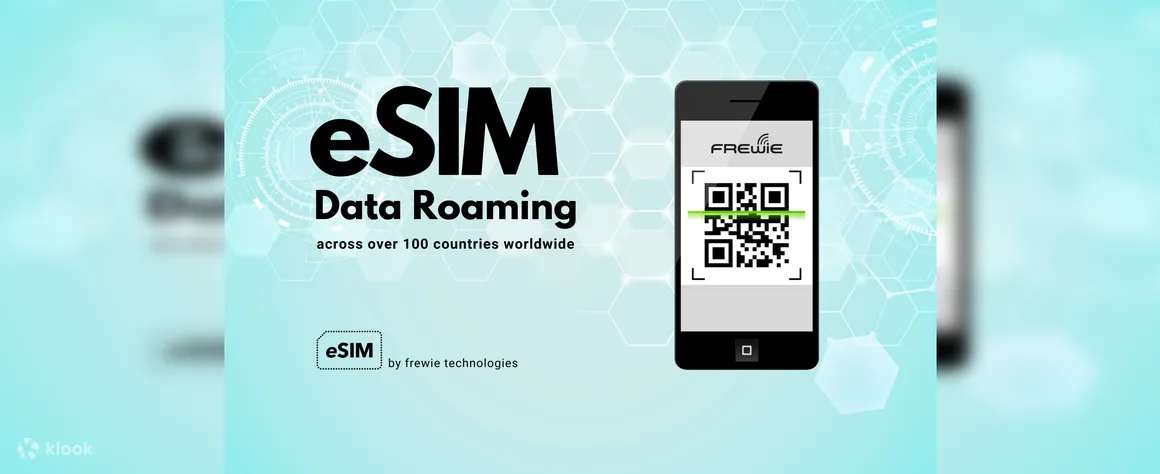
Let’s continue with another eSIM that I rate it the best eSIM for Turkey! It is from Frewie provider. The fact that it offers options ranging from 7 to 30 days is fantastic. Whether I am on a short trip or an extended stay, Freewie has a plan that fits my needs perfectly.
The speed of data with Freewie is impressive too. With 4G/3G and unlimited data speeds up to 128 kbps, I never have to worry about slow connections holding me back. Whether I am streaming videos, checking emails, or navigating through maps, the speed is consistently reliable.
One thing I appreciate about Freewie is its focus on data-only plans. This means I get exactly what I need – data, without any unnecessary extras. It is perfect for someone like me who relies heavily on internet access during travels.
The flexibility of Freewie’s plans is also a huge plus. With options for both unlimited and daily plans, I can choose the plan that best fits my usage pattern for any given day or week. Plus, the ability to use data hotspot is a real lifesaver when I need to connect multiple devices on the go.
Having access to Turkcell and Vodafone networks through Freewie adds an extra layer of reliability. These are two of the biggest and most trusted telecom operators in Turkey, so I know I am always getting the best coverage wherever I go.
What I like:
- Reliable 3G/4G data speed
- Flexible data plans, with up to 3GB/day
- Allow data tethering
What I don’t like:
- Data-only plan, not include calls or SMS
3. Airalo
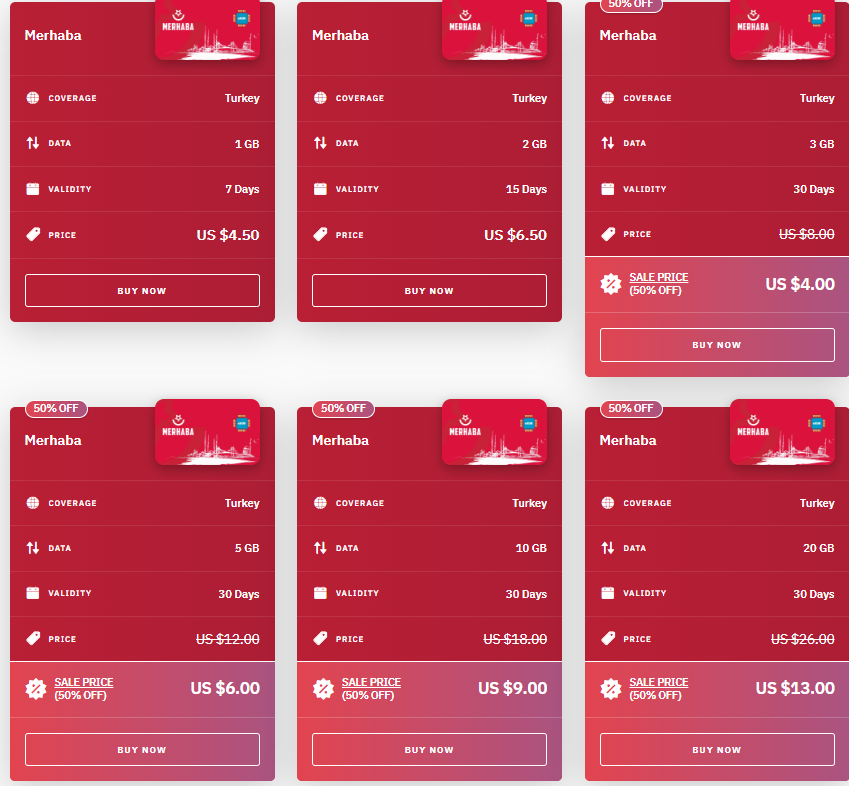
First off, the variety of data plans Airalo offers is impressive. Whether I needed just a little data for a short trip or a larger amount for an extended stay, there was a plan that fit my needs perfectly. Plus, being able to choose from options like 1 GB for 7 days to 20 GB for 30 days allowed me to manage my budget effectively.
One of the things I really appreciated about Airalo was the instant connectivity it provided. I could purchase and activate my eSIM online before even stepping foot in Turkey, ensuring I was connected to the internet as soon as I arrived. This saved me a lot of hassle and allowed me to hit the ground running with my travel plans.
The transparency of Airalo’s pricing was also a big plus for me. With prepaid eSIMs, I never had to worry about hidden fees or charges sneaking up on me. What I saw was what I paid, making budgeting for my trip much easier.
Having 24/7 customer support available was reassuring too. While I didn’t encounter any issues with my eSIM, knowing that help was just a call or message away provided peace of mind throughout my travels.
Although Airalo eSIMs for Turkey are data-only, I found it easy to stay in touch with friends and family back home using internet-based call and messaging apps like WhatsApp. This meant I could communicate without worrying about expensive international calling fees.
What I like:
- 24/7 customer support in English
- A wide range of data plans with discounts for travelers
What I don’t like:
- Dat-only plan
4. Nomad

Nomad eSIM for Turkey is a top choice for travelers, offering a host of features that cater to convenience and affordability.
First and foremost, Nomad eSIMs provide fast and reliable data access, ensuring you can stay connected seamlessly as you explore the wonders of Turkey. Whether you’re checking maps, sharing photos, or staying in touch with loved ones, you can rely on Nomad to keep you connected.
With Nomad, you have the freedom to choose from a range of data plans that suit your needs and budget. From small data packages for short trips to larger plans for extended stays, there is something for everyone. Plus, with prepaid options, you won’t have to worry about unexpected roaming charges or hidden fees popping up on your bill.
Activating your Nomad eSIM is a breeze. Simply download the Nomad app, select your desired data plan, and activate the eSIM using the provided QR code. No need to visit a physical store or deal with tedious paperwork – everything can be done right from your smartphone, saving you time and hassle.
Nomad eSIM also offers dual SIM functionality, allowing you to keep your primary SIM card for calls and texts while using the eSIM for data. This means you can stay connected on multiple fronts without the need to constantly swap SIM cards, ensuring you never miss an important call or message.
Moreover, Nomad eSIMs typically support multiple local networks in Turkey, providing wider coverage and better connectivity. If you encounter any connectivity issues with one network, you can easily switch to another within the app, ensuring you stay connected no matter where you are in the country.
Additionally, Nomad eSIMs offer flexible data usage options, allowing you to start and stop your data plan at any time within the app. This gives you full control over your data usage and costs, particularly useful if you only need data for specific parts of your trip.
What I like:
- Fast and reliable data access
- Connect with the best network in Turkey
- An user-friendly Nomad app
What I don’t like:
- Data-only plan
5. Holafy

Holafly’s eSIMs tailored for travelers in Turkey come packed with features that make staying connected a breeze.
One of the standout perks is the unlimited data offered by Holafly eSIMs. Unlike traditional SIM cards with data caps, Holafly provides unlimited data throughout the validity period of your plan. This means you can browse the web, scroll through social media, and stream music or videos to your heart’s content without fretting over exceeding your data limit and facing extra charges.
Holafly understands that every traveler’s needs are different, which is why they offer a range of flexible data plans. Whether you’re staying for just a day or embarking on a three-month adventure, there is a plan to fit your schedule. This flexibility ensures you only pay for the days you need the service, saving you money in the long run.
Setting up your Holafly eSIM is a breeze. In just a few minutes, you can have it activated and ready to go. Simply check if your phone supports eSIMs, purchase the plan online, and scan the QR code sent to your email – it’s that easy.
When it comes to coverage, Holafly has you covered. Their eSIMs utilize networks with maximum speed coverage (3G/4G/LTE) throughout Turkey, ensuring you stay connected no matter where your adventures take you.
In terms of cost-effectiveness, Holafly eSIMs shine bright. Compared to traditional roaming charges or purchasing a local SIM card, they can save you a bundle, especially if you anticipate using a significant amount of data during your travels.
And don’t worry about losing touch with loved ones back home. While Holafly eSIMs for Turkey don’t come with a local phone number, you can still use popular messaging and calling apps like WhatsApp, Viber, or Skype to stay connected with your contacts.
What I like:
- 3G/4G/LTE data speed for browsing and streaming
- A reliable connection from a wide network coverage
- Helpful customer support
What I don’t like:
- No voice calls or SMS
How to choose eSIM for Turkey travel?
Traveling to Turkey provides many opportunities to explore fascinating destinations across the diverse landscape. However, choosing the right eSIM for connectivity can be tricky, with many options available. Consider these five key factors when selecting an eSIM for Turkey.
1. Look for a plan with high data speed

The first factor is data speed. Turkcell and Vodafone have widespread 4G networks across major Turkish cities, providing download speeds up to 150Mbps. Turk Telekom is rolling out 5G in select areas as well. For the fastest possible speeds, opt for an eSIM plan on the Turkcell or Vodafone networks. Lesser known MVNOs sometimes have access limitations that can slow speeds. Fast, reliable data is important for navigation, trip planning, or streaming content on the go.
2. Check for a wide network coverage
Second, assess network coverage throughout your destinations. Turkey spans diverse regions, from coastal resorts to mountain villages, so coverage can vary. Turkcell has the broadest reach at over 99% of population coverage nationwide. Vodafone also has near-ubiquitous access in populated western Turkey. Check detailed coverage maps to ensure connectivity at your must-see spots if visiting more remote areas as well. Spotty coverage can disrupt trip itineraries.
3. Consider different data plan pricing options
Third, research plan costs and options. Prepaid eSIM plans provide flexibility, but monthly packages often offer better value. Turkcell generally has slightly cheaper rates than Vodafone. Consider data needs based on activities – unlimited plans may be worthwhile for those streaming frequently. Also, research overage costs, as it’s easy to consume data inadvertently without Wi-Fi. Data-only plans allow free tethering too.
4. Evaluate the customer service

Fourth, examine customer service quality and channels. Issues are inevitable when traveling internationally. Turkcell provides 24/7 multilingual support via phone, chat, email and stores nationwide. Vodafone support is available in major cities and online. User reviews indicate Turkcell typically has better response times. Quick resolution of activation issues or other problems protects your travel experience.
Finally, consider any roaming capabilities. While Turkey is a standalone country, some areas border other nations. Turkcell automatically includes 4G roaming in border areas of Greece, Bulgaria and Georgia at no extra cost – ideal if side trips are planned. Check which eSIM supports incidental travel beyond Turkey as needed.
Carefully weighing these factors leads to a reliable connectivity solution. Overall, Turkcell provides the strongest, most accessible network and customer assistance to keep you online across every region of Turkey.
FAQs
1. Which eSIM provider is best for Turkey?
Among several providers, you should consider buying eSIM from Esimwise and Frewie providers. They are the top choices thanks to their high-quality eSIMs, meaning you can enjoy the reliable data speed whenever you go to Turkey, and a dedicated support team to answer every concern you have.
2. How to buy Turkish eSIM online?
To buy a Turkish eSIM online, you can follow these steps:
- Step 1: Identify the major mobile network operators in Turkey that offer eSIM services. Some of the prominent operators include Turkcell, Vodafone Turkey, and Türk Telekom.
- Step 2: Go to the websites of the operators you are interested in and check if they offer eSIM services. Look for information on eSIM plans, pricing, and activation procedures.
- Step 3: Explore online retailers or third-party websites that specialize in selling eSIMs. They may offer eSIM plans for various operators in Turkey, providing you with more options and convenience.
- Step 4: Compare the eSIM plans available and choose the one that best suits your needs in terms of data allowances, voice call minutes, messaging options, and pricing.
- Step 5: Follow the instructions provided on the operator’s website or the online retailer’s platform to complete the purchase of the eSIM plan. This may involve providing your device’s IMEI number, scanning a QR code, or entering an activation code.
3. Which eSIM is best for tourists in Turkey?
My recommendation is the Turkey eSIM from Esimwise ! As I mentioned above, the eSIM has several built-in features that you will be satisfied to use during your travel. First, I really love its fast 4G/5G data connection with the best network in Turkey. Second, the eSIM is included an innovative VPN for unrestricted browsing. Moreover, you can also keep your WhatsApp number while using eSIM on your device. That’s great. right?
Wrap up
In conclusion, when it comes to choosing the best eSIM for Turkey, several factors should be taken into consideration. The eSIM market in Turkey has seen significant growth in recent years, with multiple providers offering competitive options. After careful analysis and consideration, it is clear that the Esimwise eSIM data plan stands out as the best eSIM option for travelers in Turkey.
Finally, please like and share this article with your fellow travelers if you find it helpful. If you have any further questions related to this topic, please leave a comment to let me know!




